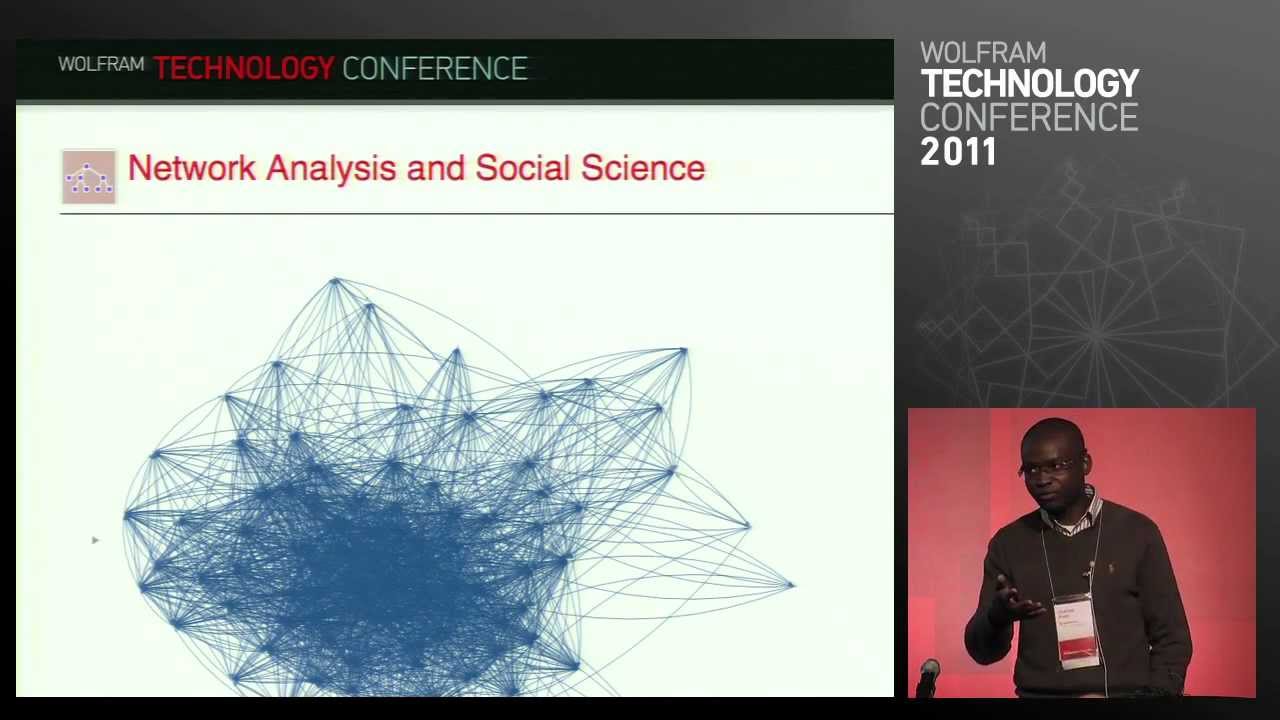Most of us are familiar with the term “social network” in its broadest sense, referring to the web of social relationships that exist among people. We can think of our social networks as the people we know and who know us. We can also think of social networks as online platforms like Facebook, Twitter, and LinkedIn.
In recent years, there has been increasing interest in using social network analysis to study a variety of phenomena, ranging from the spread of infectious diseases to patterns of collaboration among scientists. Social network analysis is a tool that lets us map and analyze these relationships.
What Is Social Network Analysis?
At its heart, social network analysis is about understanding relationships. In particular, it’s concerned with the structure of relationships – who is connected to whom, and how strong those connections are.
There are a number of different ways to represent relationships visually. The most common is the sociogram, which uses dots (or nodes) to represent individuals and lines (or ties) to represent relationships between them.

A sociogram representing a small social network
When we map out relationships in this way, we can start to see patterns emerge. For example, we might see that certain individuals are well-connected – they have a lot of ties to other people in the network. We might also see that there are groups of people who are more closely connected to each other than they are to others in the network. These patterns can tell us something about the way that information flows through the network, or how easy it is for individuals to come into contact with each other.
 A sociogram representing a small social network  A representation of a small social network In order to map out these patterns, we need some way of quantifyin g them . This is where measures , such as degree centrality , come in handy . Degree centrality simply tells us how many ties an individual has to others in the network For example , if everyone in our small socialnetwork was connected t o everyone else , then everyone would have a degree centralit yof four However , if there was just one person who was not connected t o anyone else , then their degree centra lity would be zero Other measures , such as betweenness centrality and closeness centrality , tell us something about an individual ’ s position in the network and how easy it is for them t o connect other people For example , someone with a high betweenness cen trality may be considered important because they ’ re located betw een different groups in the network  By looking at these measures , we can start t o understand how information flows through our networks and identify key individuals who may play an important role i n spreading information or connecting different groups Of course , this is just scratching the surface when it comes t o social ne twork analysis There are many different ways t o measure and visualize relationships , and new methods are being developed all th e time



